Ch. 13 - Measuring the Economy
by Emilee Miller

1. 13.1 - How do Economists Measure the size of an Economy?
1.1. The main way Economists measure the Economy is through its Gross Domestic Product.
1.2. Studying the economic decision making of people, households, and firms, Microeconomics basically.
1.3. They can also study the economy as a whole.
1.4. Article, The link is that arrow thing.
1.5. This article is about a company that is finding better ways to measure the economy, and has a good connection to this chapter by explaining how it currently is measured, and what they could be doing different.
2. 13.4 - How does the business cycle relate to economic health?
2.1. The business cycle has four phases; expansion, peak, contraction (recession), and trough.
2.2. The economy grows during expansion, and shrinks during contraction.
2.3. Peaks indicates the end of an expansion and starts a contraction. The trough indicated the end of a contraction and the start of the expansion.
3. 13.2 - What does the unemployment rate say about the health of an economy?
3.1. Just like the GDP, the unemployment rate is a good way to tell the health of the economy.
3.2. The BLS is the government agency that determines the unemployment rate by collecting and analyzing economic data.
3.3. They measure the unemployed and the employed, and helps them come up with a rate.
4. 13.3 - What does inflation reveal about an economy's health?
4.1. A high inflation rate means that its an unhealthy economy, and a low inflation rate means its a healthy economy.
4.2. A high inflations rate means an unhealthy economy, but also known as delfation.
4.3. A strong economy is likely to have a low inflation rate.


